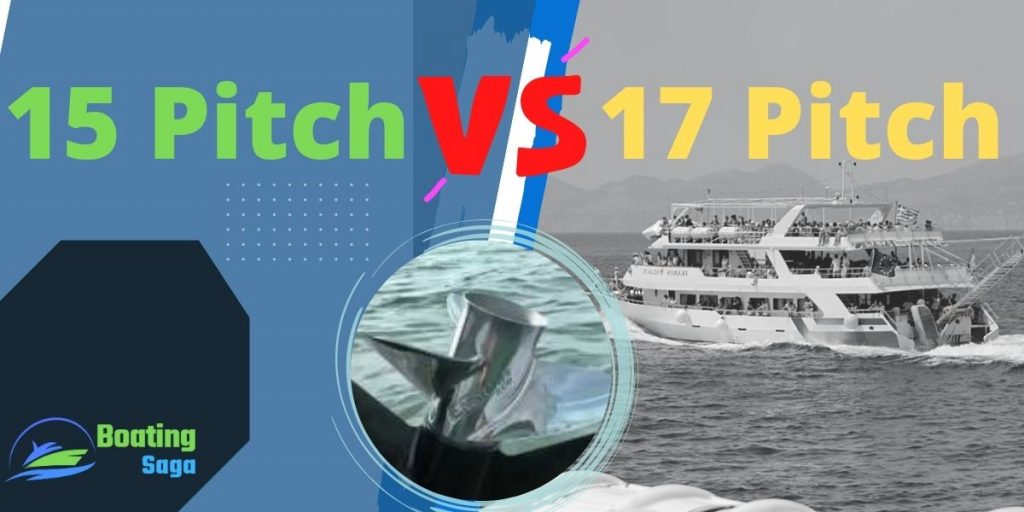
When it comes to boat propellers, there seems to be a lot of confusion about the difference between 15 pitch and 17 pitch props. So, what’s the difference?
15 Pitch vs 17 Pitch Props: Main Differences
A 15 pitch propeller moves the boat through the water at a slower speed but with more torque. This is ideal for smaller boats or when trolling for fish. A 17 pitch propeller moves the boat through the water faster but with less torque. This is ideal for larger boats or when travelling long distances.
Ultimately, it depends on your needs and what you plan to use your boat for. If you want a versatile prop that can be used for a variety of applications, then go with a 15 pitch option. If you need maximum speed and performance, then go with a 17 pitch option.
15 Pitch Vs 17 Pitch Props: Benefits and Differences
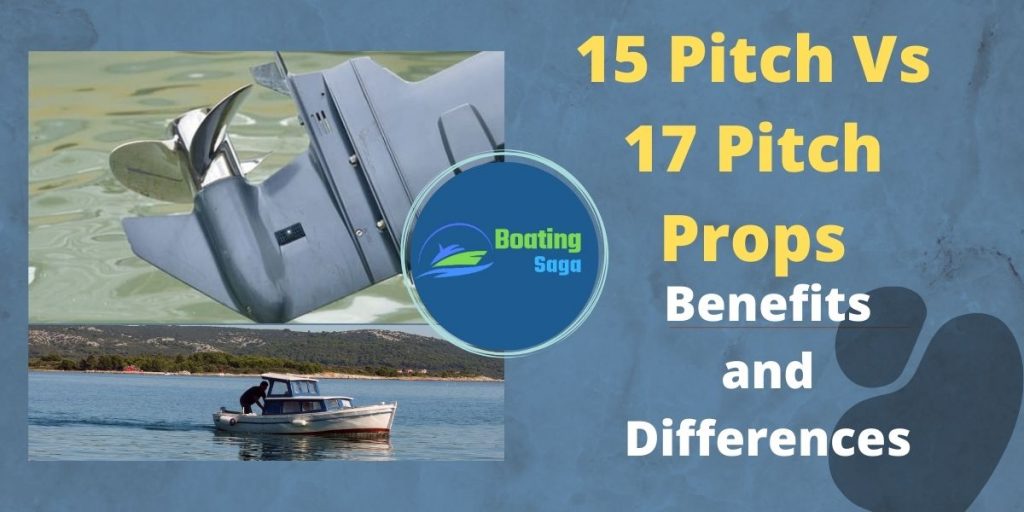
Difference in Performance
When it comes to boat propellers, there are two main types: 15 pitch and 17 pitch. Both have their own benefits and drawbacks, which is why it can be difficult to decide which one to choose for your boat.
A 15 pitch propeller moves the boat forward at a slower speed but with more torque. This makes it ideal for boats that need extra power for pulling or traveling against strong currents. A 17 pitch propeller moves the boat forward at a faster speed but with less torque. This is better for boats that need to cover large distances quickly or that are frequently in open water.
Difference in Efficiency
When you are looking to buy a boat, one of the things you will need to decide on is the propeller. There are two main types of propellers: 15 pitch and 17 pitch. So, which one should you choose for your boat?
The first thing to consider is efficiency. The 17 pitch propeller is more efficient than the 15 pitch propeller. This means that it will move your boat through the water faster with less horsepower. If you are looking for speed, then the 17 pitch propeller is the best option.
However, if fuel economy is more important to you than speed, then the 15 pitch propeller is a better choice. It will use less fuel to move your boat at the same speed as the 17 pitch propeller.
Manoeuvrability
There are many things to consider when purchasing a boat propeller. One important factor is the number of blades on the prop. Most outboard motors have either a 15 pitch or 17 pitch prop. The difference in these two pitches is the number of blades and how they interact with the water.
A 15 pitch prop has three blades and creates more lift, while a 17 pitch prop has four blades or more and creates more drag. When making tight turns in a small area, you’ll want to use a lower pitched propeller to get more control over the boat. For travelling long distances in open water, you’ll want to use a higher pitched propeller to move the boat along faster.
Keep in mind that these are general guidelines and each situation may be different. Always consult your owner’s manual to see what pitch is recommended for your specific boat and engine combination.
Noise Level
There is a lot of debate over which pitch boat propeller produces less noise. Some people say that the 15 pitch propeller is quieter, while others claim that the 17 pitch propeller is quieter. In order to find out which one is actually quieter, a study was conducted to compare the noise levels of the two propellers.
The study found that the 17 pitch propeller produces less noise than the 15 pitch propeller. This was true for both indoor and outdoor testing conditions. The 17 pitch propeller also produced less vibration than the 15 pitch propeller, which means that it is likely to cause less fatigue in the operator.
Which Pitch is More Accurate: 15 or 17 One?
There is a lot of debate when it comes to boat propeller pitch and which one is more accurate, 15 or 17 One? Boat propellers are designed with a certain amount of blades and each blade has a certain pitch. The amount of blades and the pitch of each blade determines how the propeller will move through the water.
When it comes to boat propellers, there are two pitches that are commonly used; 15 One and 17 One. Both pitches have their pros and cons, but which one is more accurate?
The 15 One pitch is considered more accurate because it creates less drag on the boat. It also provides better acceleration and top speed. However, the 17 One pitch is better for pulling boats because it has more torque.
Ultimately, it depends on what you want your boat to do.
Which Pitch Props is More Popular?
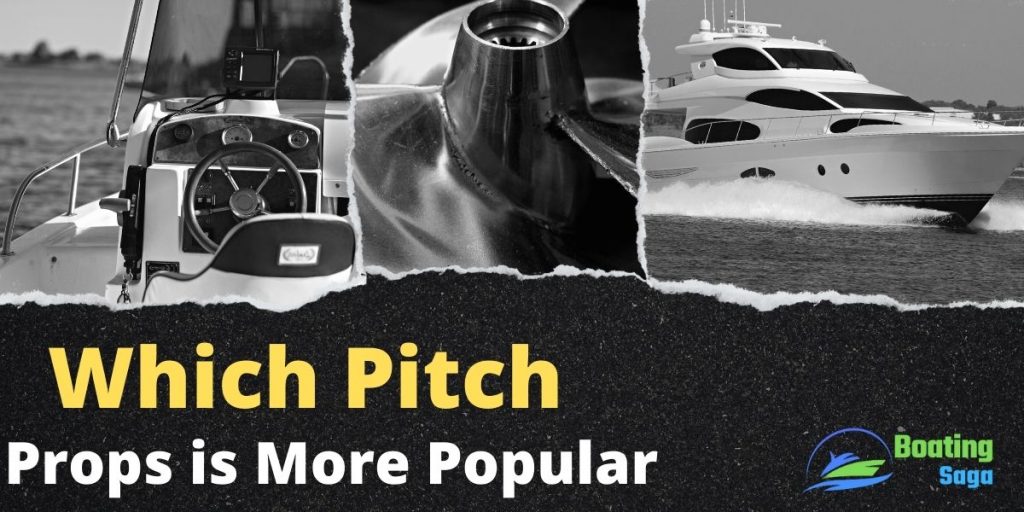
There are many decisions to make when purchasing a boat. One of the most important is what type of propeller to use. There are two main types: 15 pitch and 17 pitch. So which one is more popular?
According to recent surveys, more people prefer the 17 pitch prop over the 15. This may be because it provides more thrust and lower RPMs, making it ideal for larger boats. It can also help with pulling skiers or wakeboarders.
However, the 15 pitch prop is still a popular choice for smaller boats. It allows for higher speeds and can be used in a variety of water conditions. Ultimately, it comes down to personal preference and the type of boat you have.
How do They Compare in Price?
When it comes to boat pitch props there are a few different sizes and pitches you can choose from. The two main sizes are 15 and 17 inch props. But what is the difference in price between the two?
Typically, the 15 inch prop is a little less expensive than the 17 inch prop. This is because the larger prop requires more materials and is therefore more costly to produce. However, there are some exceptions to this rule.
So, which should you choose? Well, that depends on your needs and budget. If you want a basic prop that will get the job done without breaking the bank, then go with the 15 inch option. But if you need something that offers more performance, then go with the 17 inch pitch.
How Does Propeller Pitch Affect Performance?

In order to get the boat up to speed and maintain that speed, the engine needs to produce a lot of thrust. That thrust is created by the propeller spinning in the water and pushing against it. The angle of the propeller blades, known as prop pitch, affects how much thrust is created.
A higher prop pitch means the blades are angled more steeply and will create more thrust. This can be helpful for getting boats up to speed quickly in a short amount of time. However, with more thrust comes more resistance from the water, so there is a trade-off between how fast you can go and how much fuel you use.
Boaters should experiment with different prop pitches to find what works best for their boat and their needs.
How to Choose the Perfect Boat Pitch Prop?
When it comes to boat props there are a few things you need to take into account. The most important factor is the pitch of the prop. This will determine how much torque is put on the engine and how fast your boat goes. The higher the pitch, the more speed you will get, but this also means that your engine needs to be able to produce more power.
You also need to consider the diameter of the prop. This will determine how much surface area the prop has in contact with the water. A larger diameter prop will create more drag which will slow your boat down, while a smaller diameter prop will create less drag but won’t have as much power.
Finally, you need to think about your boat’s gear ratio. This determines how many times the engine turns for each rotation of the propeller.
The best way to determine the right prop pitch for your boat is to consult with a professional if you are novice. They can help you figure out what combination of factors will give you the best performance and be able to help you select the right prop based on your specific requirements. They can also provide you with information on installation and maintenance.
Keep in mind that changing your prop pitch can also affect your fuel economy, so it’s important to find a setting that provides the best balance between performance and efficiency.
Related Questions:
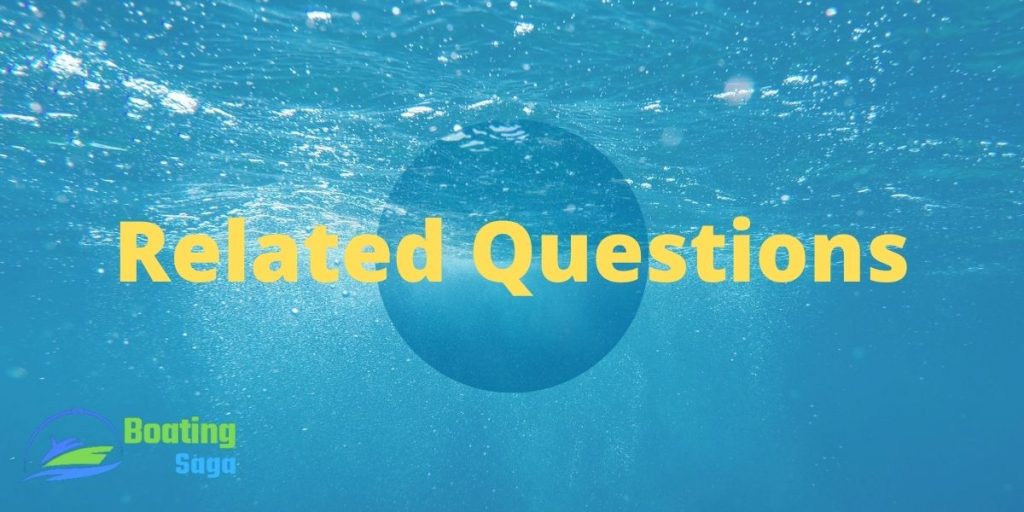
Does Higher Prop Pitch Increase Speed?
There is no definitive answer when it comes to prop pitch and speed. Some factors, such as the weight of your boat and the horsepower of your engine, will have a much greater impact on how fast your boat goes than the pitch of your prop. However, that doesn’t mean that you can’t experiment with different pitches to see what works best for you.
Can Boat Prop Pitch Be Changed?
There is a lot of debate in the boating world about whether or not you can change a boat’s prop pitch. Some people say it can be done, while others insist that it’s impossible. The truth is, it depends on the boat.
Some boats have props that are fixed and cannot be changed, while others have props that can be adjusted. If your boat has a fixed prop, then unfortunately you cannot change the pitch. However, if your boat has an adjustable prop, then you can definitely change the pitch.
The process of changing a prop pitch is fairly simple. All you need to do is adjust the screws on the back of the prop to change the angle of the blades. Be sure to consult your owner’s manual for specific instructions on how to do this.
How many Different Pitch Props in the Market?
There are a few different types of boat pitch props on the market, and it can be tough to decide which one is right for you. Here’s a breakdown of the three most common types:
- The first type is the fixed pitch prop. This prop has a set blade angle, and it cannot be adjusted. It’s best for applications where the boat doesn’t need to make a lot of sudden changes in speed or direction.
- The second type is the adjustable pitch prop. This prop can be adjusted to match the needs of your boat. It’s perfect for boats that need to make quick changes in speed or direction.
- The third type is the variable pitch prop. This prop can be adjusted both vertically and horizontally, making it perfect for boats that need lots of flexibility.
Conclusion
15 pitch props are the best for beginners because they are easier to control and provide more stability. 17 pitch props are better for experienced riders who want more speed and maneuverability.
Choose the prop that is best for you and have fun on the water!

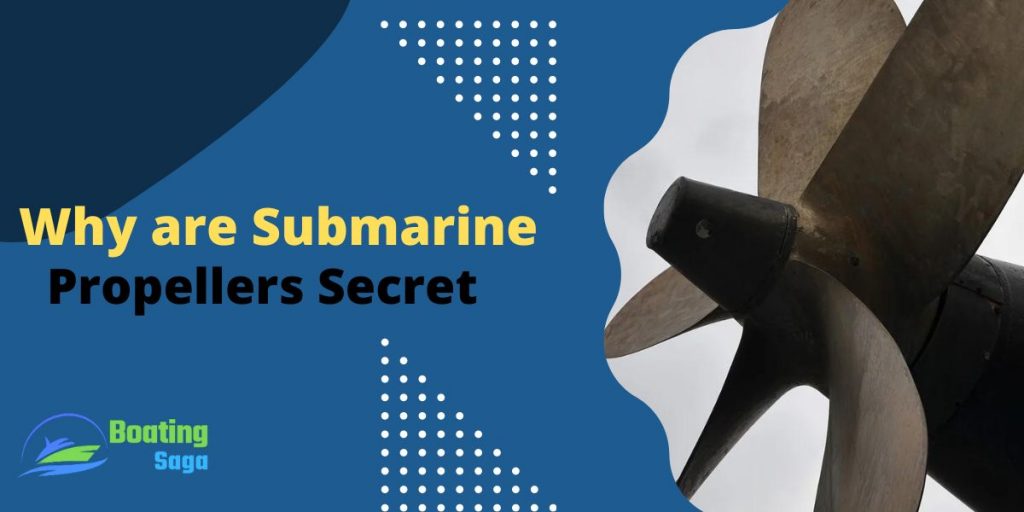

Pingback: How Much Does a Sharrow Propeller Cost: Why is It Costly? - BoatingSaga
Pingback: What Do Boat Prop Numbers Mean? - How to Read It Perfectly - BoatingSaga
Pingback: How to Reduce Prop Slip? (9 Simple Tips You Should Know)
Pingback: Why Do Boat Propellers Make Bubbles (4 Reasons to Know)